Humans news stories
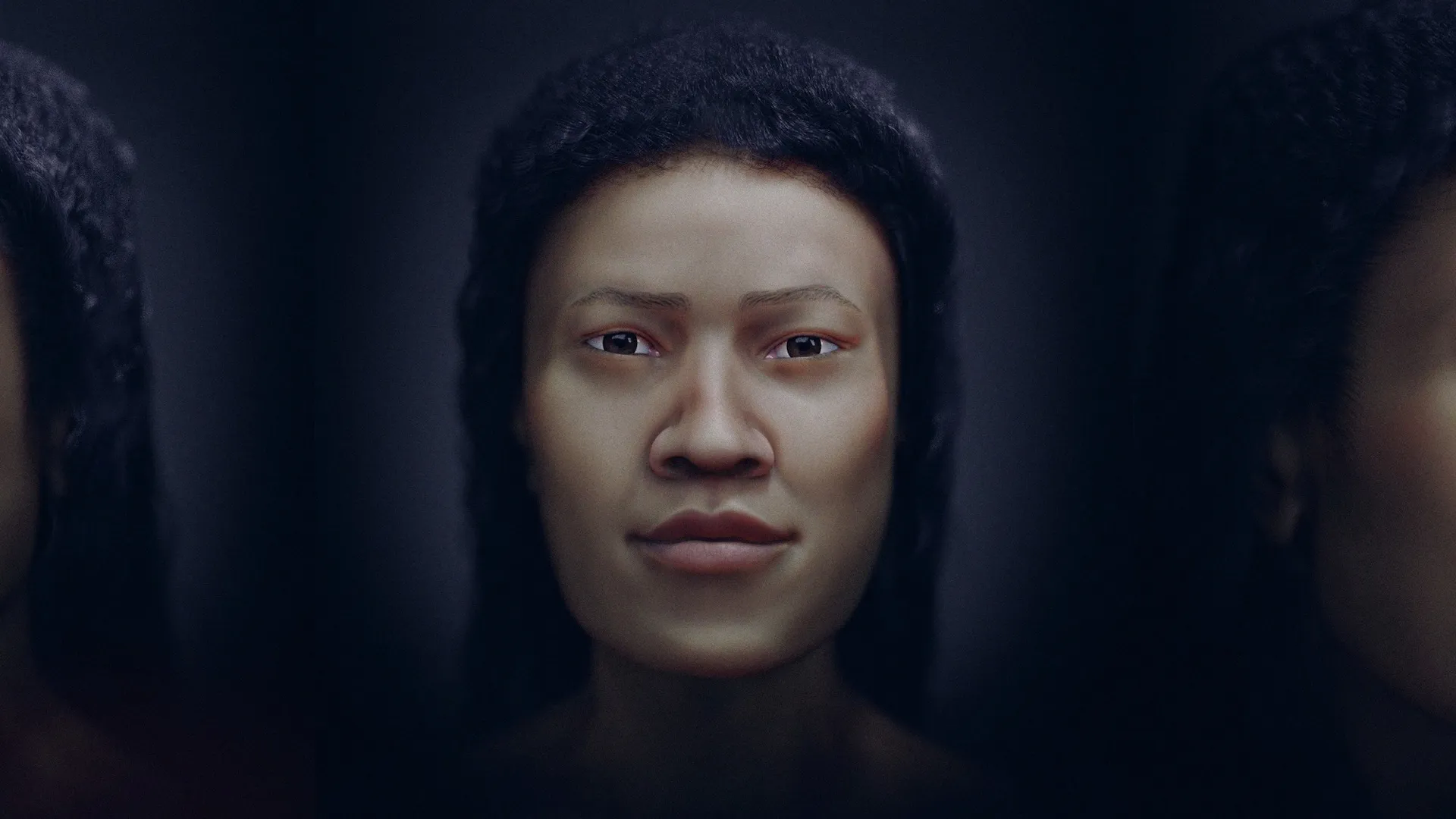
You can view the virtually reconstructed face of a woman who lived about 5,700 years ago in what is now Malaysia, now that researchers have put a face to a person whose full identity remains a mystery.
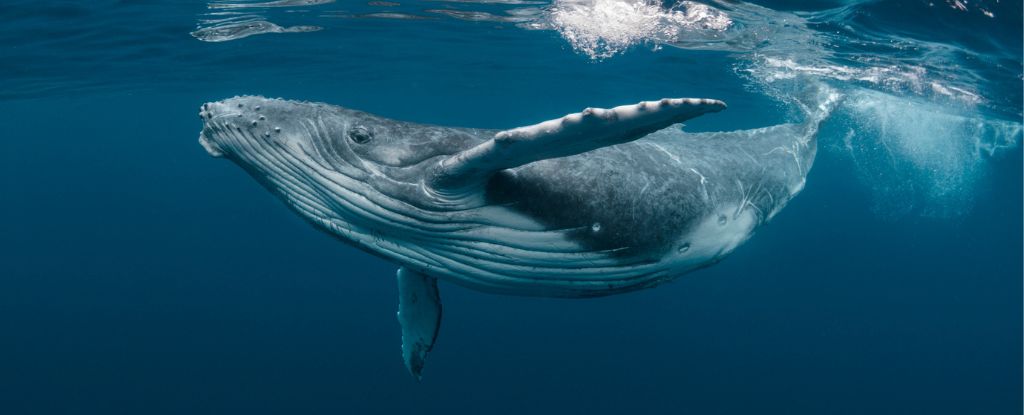
Humpback whales throughout the entire South Pacific Ocean are connected to each other via shared song, according to new research.
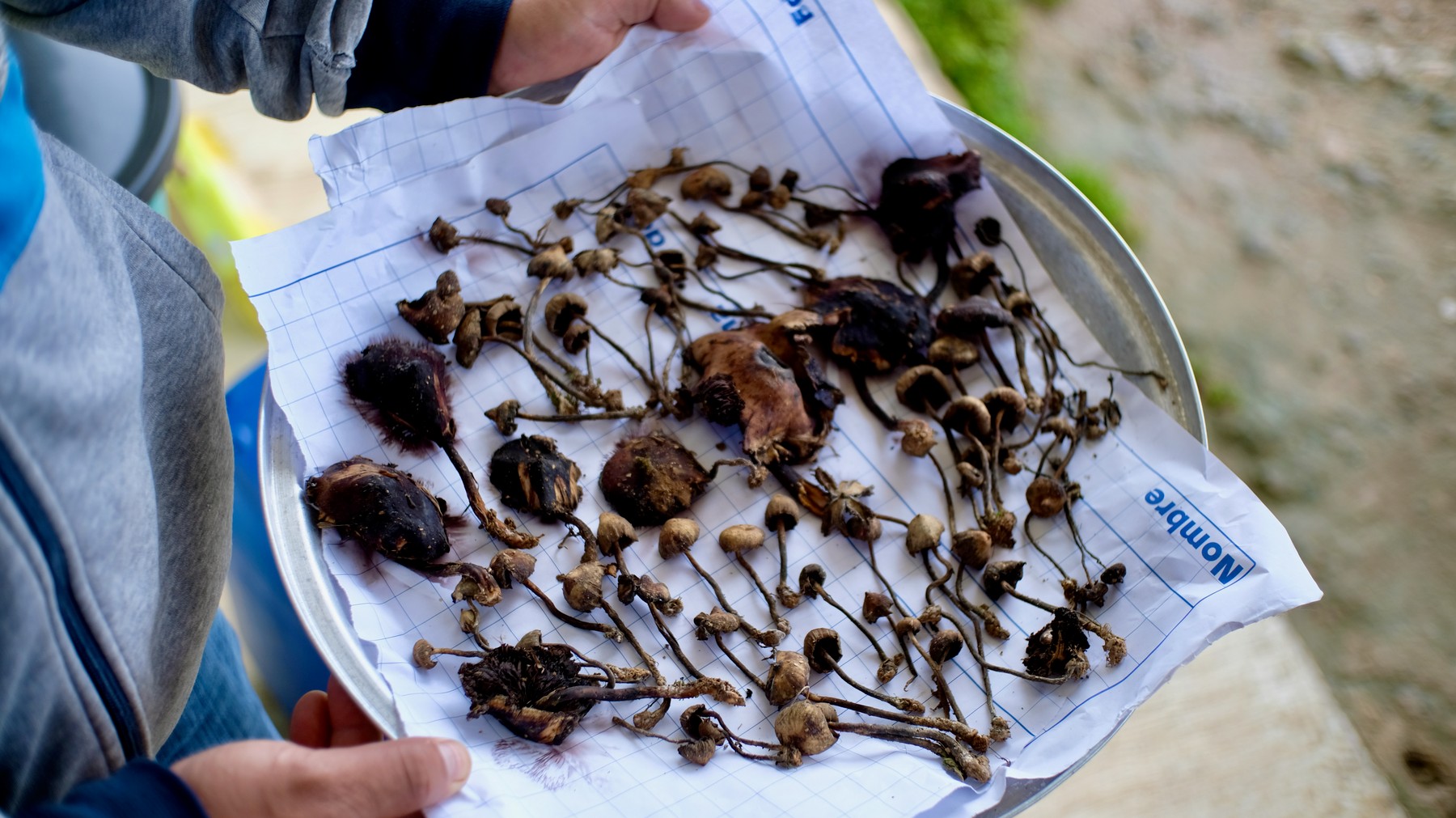
With magic mushrooms seemingly being used more widely than ever, it’s high time we look at the ancient history of psychotropic fungi.

Cannabis users are often depicted as lazy “stoners” whose life ambitions span little further than lying on the sofa eating crisps. But research from the University of Cambridge challenges this stereotype, showing that regular users appear no more likely to lack motivation compared with non-users.
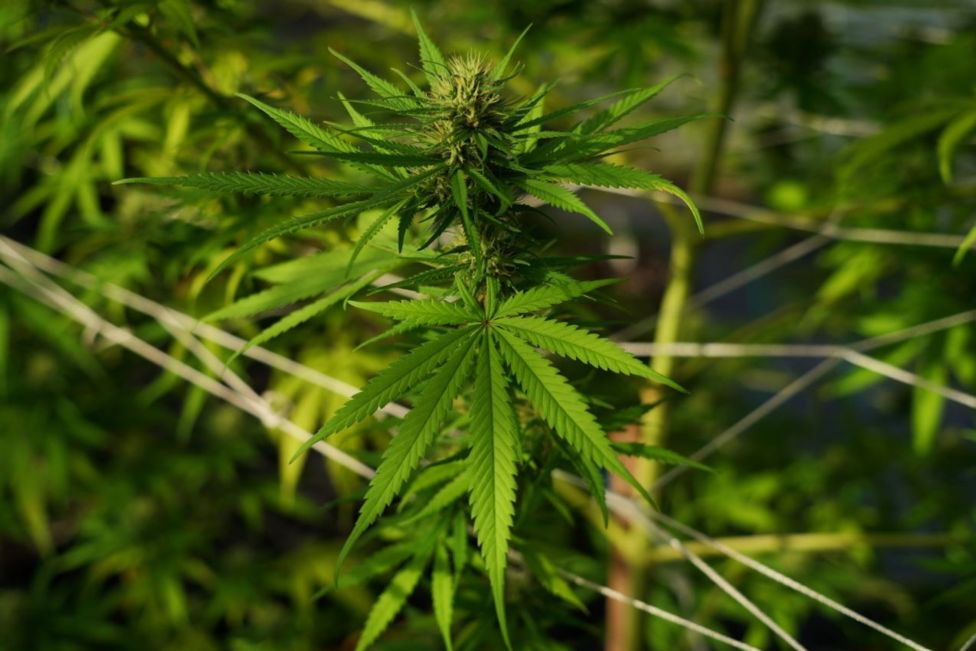
“Our study aims to provide data and tools that can make physicians in the UK and across the world more confident, where appropriate, in prescribing cannabis safely.”

A new study led by Leiden University has analyzed recent archaeological excavations from the Middle/Upper Paleolithic in Western Romania at the site of Româneşti, which is one of the most important southeastern European sites associated with the earliest Homo sapiens on this continent. These excavations offer a significant glimpse of how modern humans adapted to their new environment after reaching Europe.

“We now know that psilocybin mushroom microdosing works. It is indisputable that there are benefits.” —Stamets
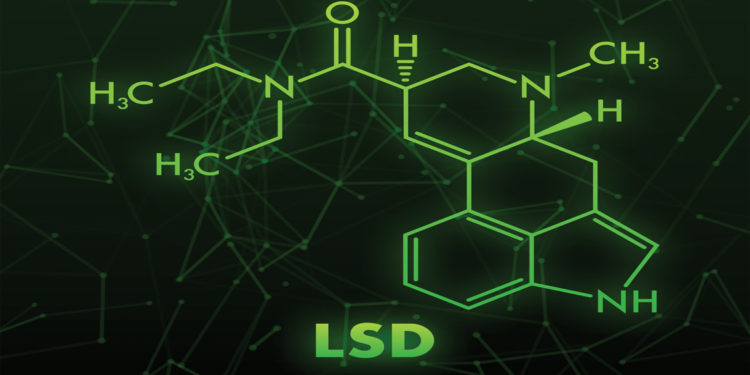
New research has found that lysergic acid diethylamide (LSD) briefly reduces binge-like alcohol consumption in mice but does not produce long-lasting effects. The findings, which appear in the Journal of Psychopharmacology, suggest that the psychedelic substance by itself does not produce lasting changes in alcohol drinking behavior.
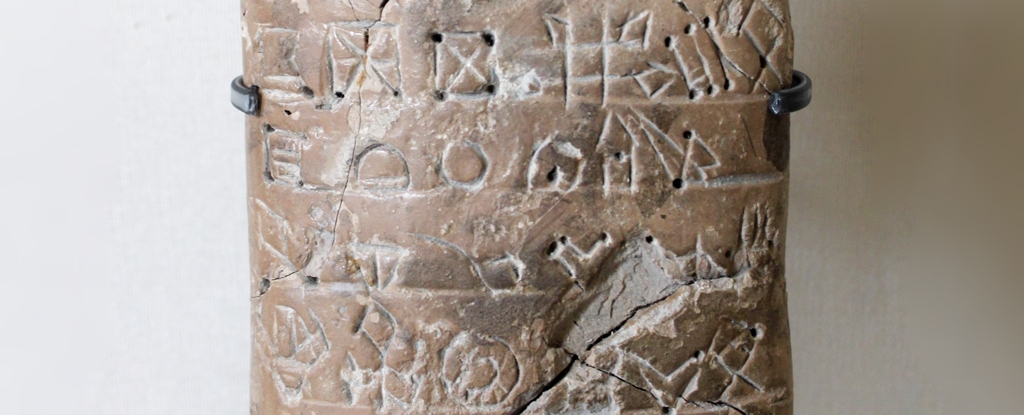
A mysterious ancient writing system called Linear Elamite, used between about 2300 BCE and 1800 BCE in what is now southern Iran, might have finally been deciphered, although some experts are skeptical about the findings.
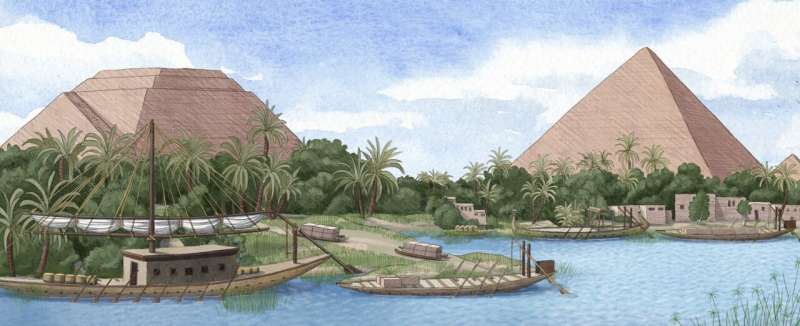
A team of researchers has found evidence that shows the Khufu branch of the Nile River once ran so close to Giza that it could have been used to carry the stones that were used to build the famous pyramids.
Palaeontologists at Adelaide’s Flinders University have used cutting edge micro-CT scanning and 3D printing technology to look inside a 100-million-year-old dinosaur fossil. But this was no ordinary fossil.
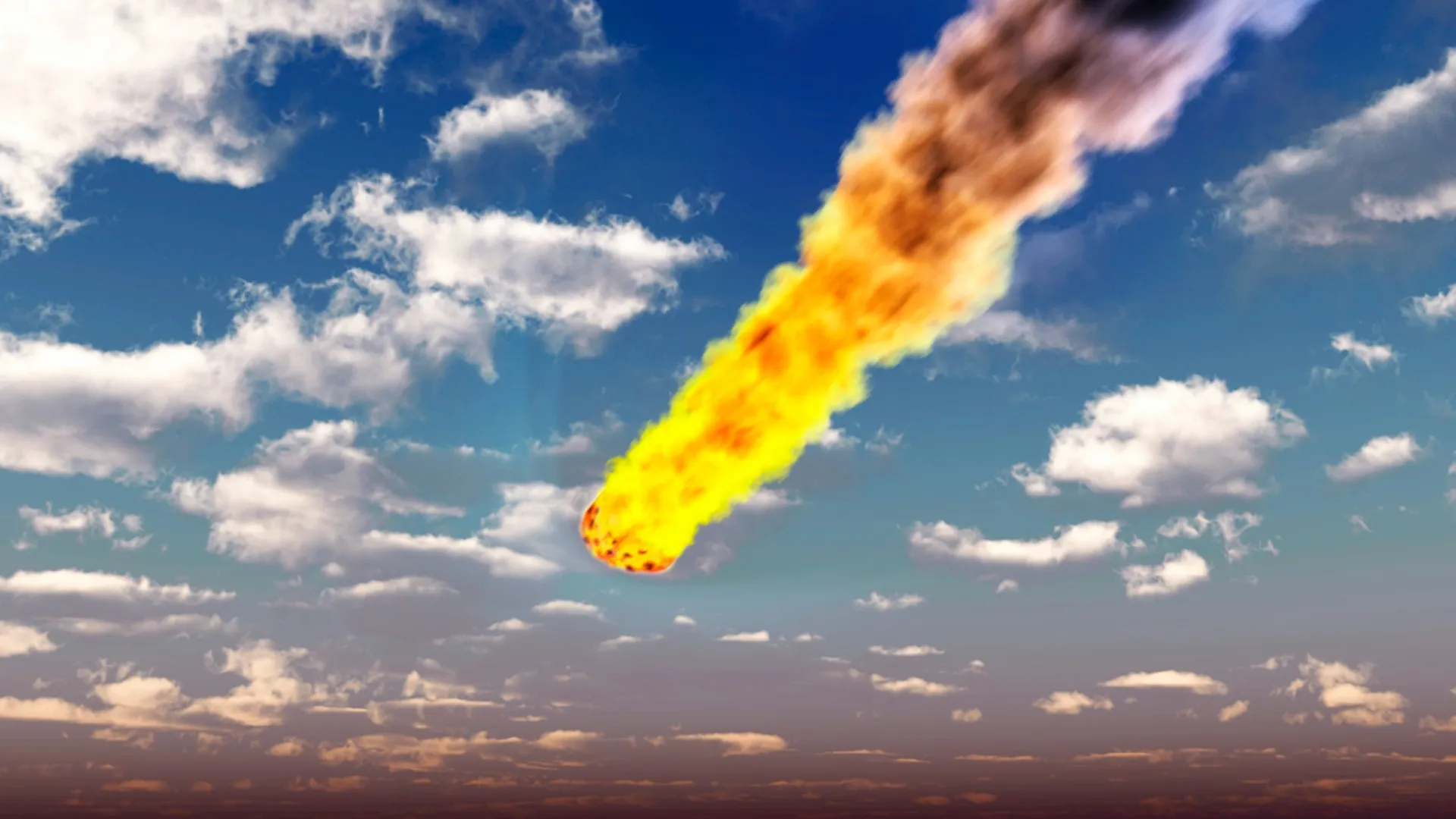
Every year, millions of rocky shards from outer space burn up in Earth’s atmosphere, many briefly flaring and appearing in the sky as “shooting stars.” But how many survive their high-speed plunges to strike the ground?
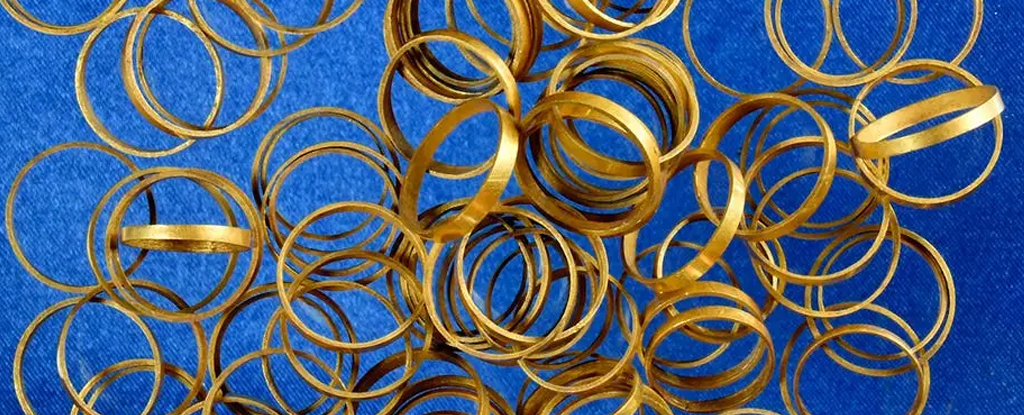
Archaeologists in Romania have discovered an extraordinary cache of ancient gold rings that a 6,500-year-old woman wore in her hair.
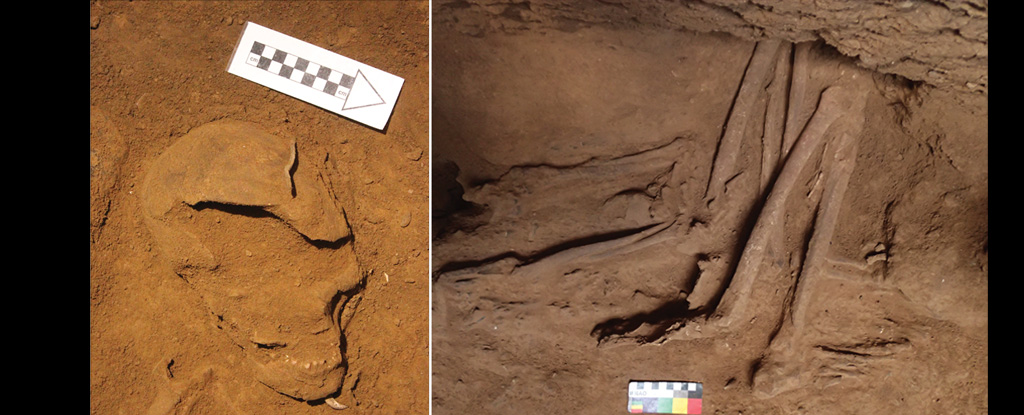
Three skeletons uncovered in a rock shelter adorned with red pigment rock art reveal burial rituals of early humans who followed well-trodden paths through Indonesia’s Lesser Sunda Islands, albeit thousands of years apart.

People who have undergone a mystical experience after consuming a psychedelic substance are more likely to engage in behaviors aimed at protecting or conserving the environment, according to new research published in the Journal of Humanistic Psychology.
Image from: Pashminu (Wiki Commons)
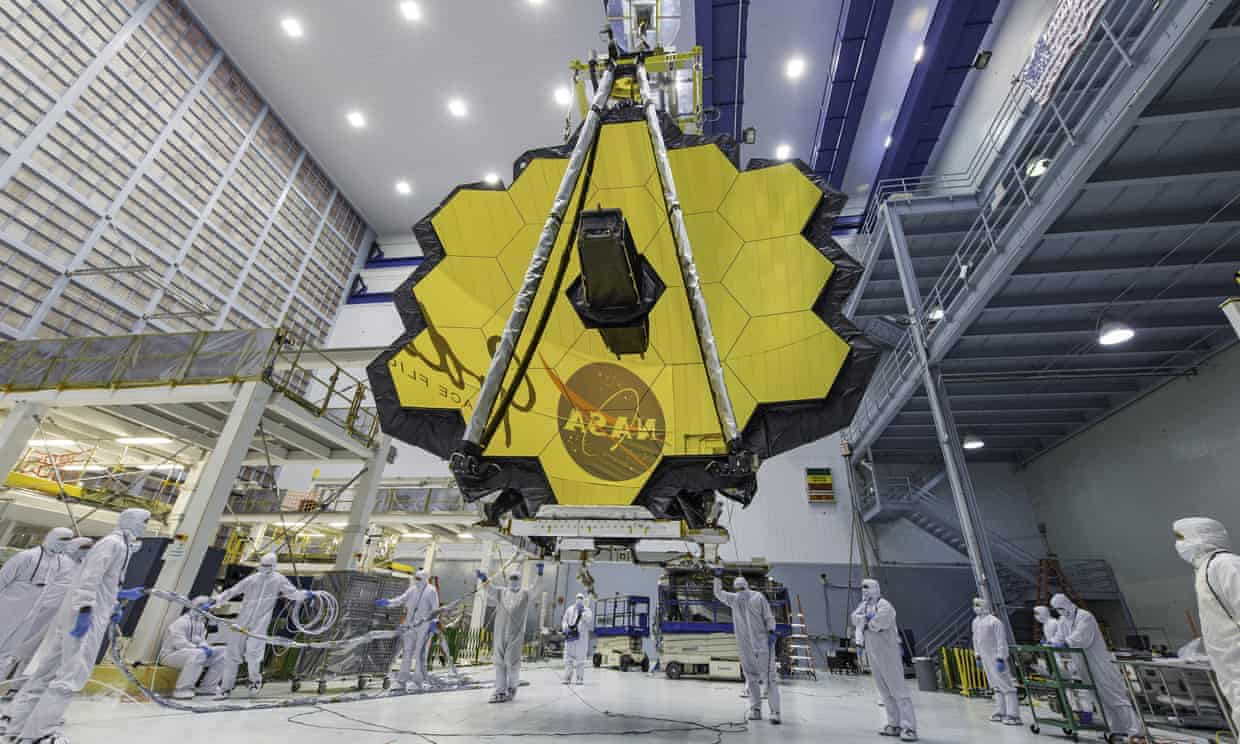
The world’s most powerful telescope has made its first observations of a planet beyond our solar system, heralding a new era of astronomy in which distant worlds can be scanned for signs of life.








